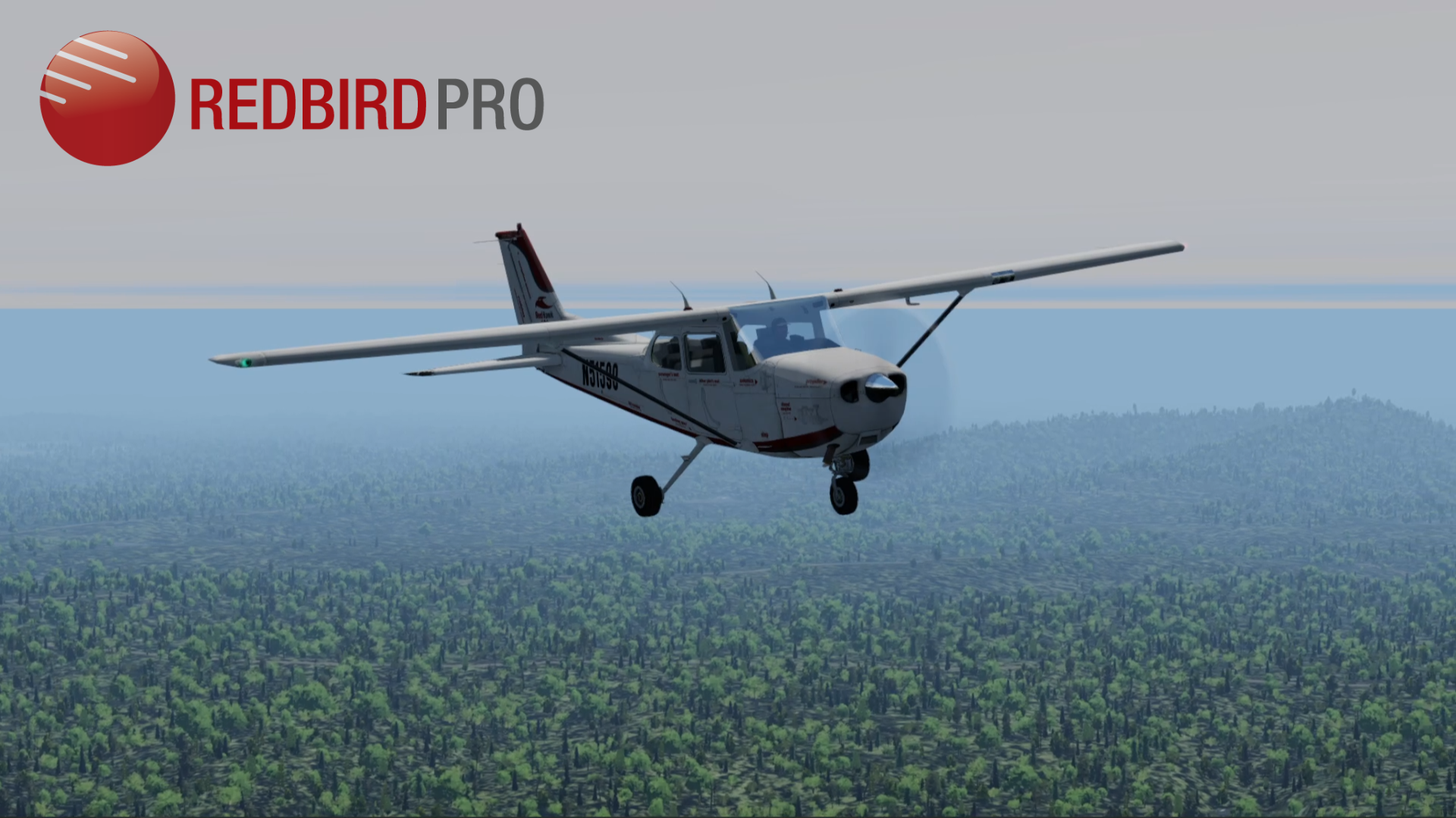How To Adjust Your Preflight Planning During Winter
Despite the cold, flying in winter provides enjoyment specific to the season. The air can be gin-clear, allowing ideal visibility, and the landscape can be spectacular when covered in snow that reflects the winter sun. However, before you can get airborne to enjoy these conditions, you first must perform some essential tasks.
Weather Checks
Naturally, before you even decide to go flying, you need to carry out the usual checks on the weather. It's assumed that you will check the current weather and the forecast for the route, your destination, and any diversion airfields before you decide it's safe to fly. If you're uncertain, get a second opinion from a flight instructor, but the final decision rests with you.
However, beyond your normal procedures, you will need to pay more attention in the winter months to the conditions that can create fog. When freezing temperatures combine with high humidity, the right conditions can form freezing fog. This type of fog is the most likely to form during freezing conditions and appears as a white cloud over scenic landscapes like valleys and mountain areas.
Unlike other types of fog, this phenomenon is composed of tiny suspended water droplets in a solid state due to the cold temperatures. As these droplets fall through the air toward the ground, they freeze on contact, creating an icy coating on surfaces such as trees, cars, and pathways — usually in locations with low wind speeds.
Freezing fog creates snow pellets, which become snowflakes later in the day when colder air comes along.
Flight Planning
On winter days, the sun may be low in the sky with the additional effect of sunlight reflected off the snow. Working out where the sun will be in the sky at your destination or when you return is a good idea. You don't want to be landing into a direct sun low on the horizon, so changing your arrival time as needed is advisable.
However, if you are flying VFR without a night rating, plan your flight so that you can land safely before dusk. The early winter sunsets can sneak up on you if you don’t plan ahead.
If you are unfamiliar with the effects of colder and denser air on your aircraft, now is an opportune time to review these details. You might plan to fly around your local area early in the winter months before embarking on a long cross-country flight.
Lastly, don’t forget to winterize your emergency kit. You should have sufficient supplies on board for the unlikely event of a forced landing somewhere far away from rescue and warmth. That means spare warm clothing or blankets for you and your passengers, plus snacks, water, and other essentials.
.jpg?width=5724&height=4000&name=jaron-mobley-jy77hboGqVY-unsplash%20(1).jpg)
Preflight Checks
A preflight inspection in freezing conditions may not be the most attractive prospect, but on days like these, you must take all the usual precautions with some extras for the wintery conditions. Work through your checklist, paying particular attention to water contamination of your fuel due to condensation in your tanks. As you are no doubt aware, if the aircraft is parked overnight with half-full tanks, then there is a risk that condensation has formed.
On this point, if you share an airplane with other pilots, you might consider filling the tanks if you are the last person to use the airplane on a given day. That way, you will prevent the risk of the next person forgetting to check for water contamination.
Once you are satisfied that your fuel is devoid of water and you have sufficient reserves for your journey plus diversions, start to clear any ice, frost, or snow from your aircraft. Do not rely on the takeoff run to blow off any snow. During your walk around, check to ensure that all moveable surfaces and vents are clear of ice or snow.
These include the ailerons, elevators, rudder, wheel wells, heater and carburetor intakes, static vents, and the pitot tube. You also should check the drain holes in the wings and fuselage to ensure they are clear and unfrozen, particularly if the aircraft has been parked outside. If you store it in a hangar, the drain holes are less of a risk, but checking them is a good habit to get into anyway.
When you check the wheel wells, look for any mud or slush that may have stuck there and froze overnight. Make sure your windscreen and windows are clear and clean as well.
Before Takeoff
All being well, you will be in the aircraft with the engine warming up, the windscreen demisted, and knowing that all flying surfaces are clean, with flying controls full and free. Because of the cold, your temperatures and pressures will take longer than usual to reach the optimal levels. As you start to taxi, be aware of the risks of sudden braking or sharp turns on snow, slush, or ice.
As you start your takeoff run, be aware that you will need extra length to brake and stop in case of an aborted takeoff.
The Bottom Line
As the season can bring some surprises, pilots of light aircraft need to pay special attention when flying in wintertime. Before taking off, you should check the weather conditions and prepare a flight plan that accounts for any seasonal changes that may affect the journey.
Additionally, you should take extra precautions by double-checking your instruments and systems on board, ensuring everything runs smoothly before and during the flight. You also should make sure you are well prepared with extra supplies in case of an emergency leading to a long waiting period in freezing temperatures. Considering all these factors will help ensure a safe journey while flying in wintertime.
Share this
You May Also Like
These Related Articles

Inside the December 2022 Redbird Pro Scenarios
-1.jpeg)
3 Ways to Improve Your Night Flying
